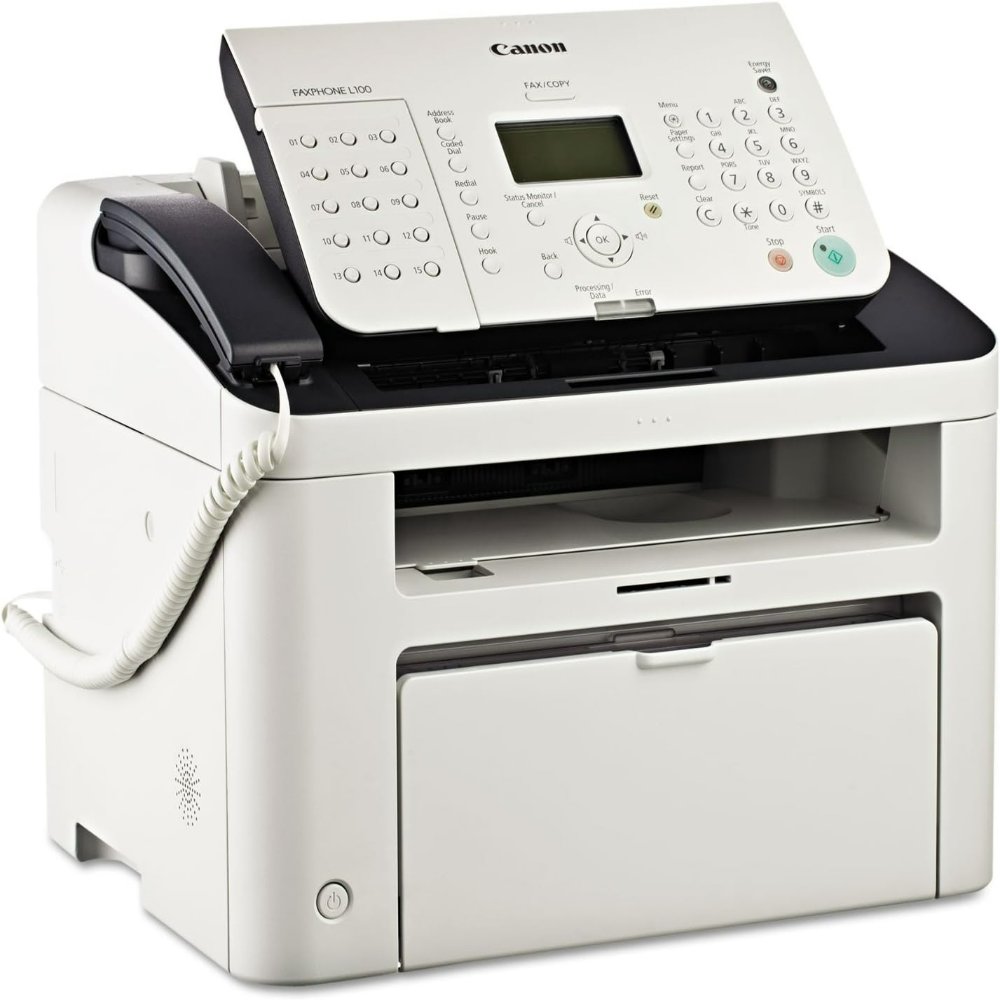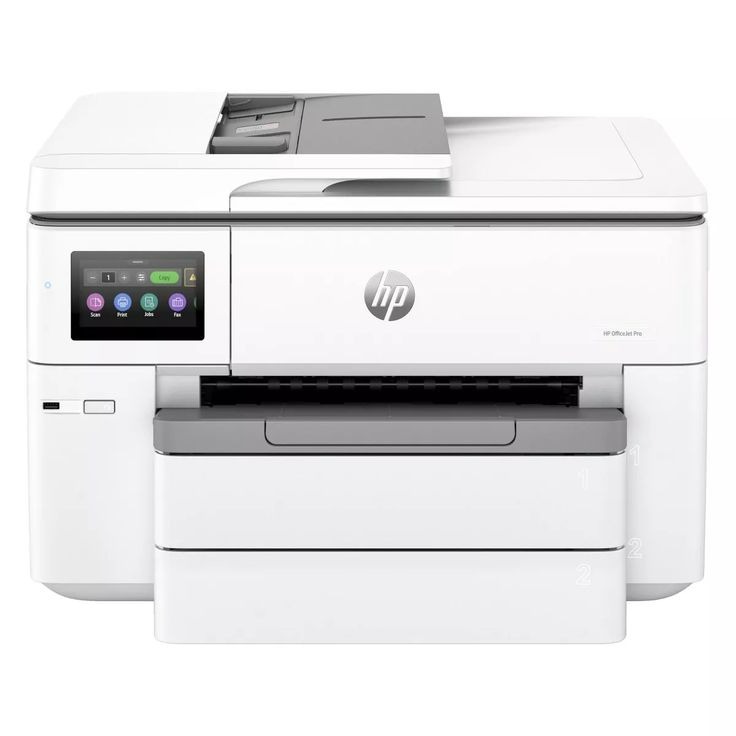The Origins of Fax Technology
The story of fax technology began in the early 19th century. It was an era of intense innovation and discovery. Inventors around the globe sought to improve communication over distances. The first fax machine concept aimed to replicate images and text from one place to another.
The foundational idea of fax technology came from an urge to transmit data quickly and accurately far away. Imagine the ability to send a document across miles within minutes. That was groundbreaking back then. People usually waited days or weeks for messages to arrive.
The inception of fax technology used telegraph lines at first. These lines were the main method of long-distance communication back in the day. The earliest fax machines paired with these lines to begin their work.
A Scottish mechanic named Alexander Bain filed the first patent for a fax machine in 1843. His invention laid the groundwork for what would become a revolution in technology. Bain’s design allowed transmission of images electronically through wire. This was a massive leap for the period.
To understand how revolutionary this was, imagine living in a world bound by the speed of horses and ships. Then suddenly, there’s a device that breaks that speed limit. That was the magic of the early fax machine. A marvel so profound, it’s hard to grasp in our speed-of-light digital age.
As the years rolled on, the technology continued to evolve. But it all started with those first steps towards transmitting information across distances unseen.
When reflecting on when the first fax machine was invented, one must appreciate the transformation it began. Office life as we know it would be very different without Bain’s innovation. His work paved the way for the fast-paced, connected world we live in today.

Pioneers of the Fax Machine
The history of the fax machine is marked by brilliant inventors who pushed boundaries. Following Alexander Bain, others took his blueprint and enhanced it. The main contributors were resourceful and foresaw the revolution in communication their inventions would create.
One such pioneer was Frederick Bakewell. He improved upon Bain’s design in 1848. His device made better quality image transmissions. It included a cylinder that rotated the image to be scanned, refining the earlier method.
In 1851, Giovanni Caselli, an Italian physicist, further advanced the fax machine. His ‘Pantelegraph’ was a standout, successfully transmitting images between Paris and Lyon. It was the first practical system to enter commercial service. Caselli’s machine used a regulating clock to keep sending and receiving operations in sync.
Others who propelled fax technology forward included Shelford Bidwell and Edouard Belin. Bidwell developed the ‘Telephotography’ concept in the 1880s. Unlike his predecessors, his creation did not need manual scanning. It mechanically scanned and transmitted images using photocells.
Belin’s ‘Belinograph’, introduced in the 1920s, facilitated image transmission over standard telephone lines. This device was a leap forward for the news industry. It allowed sending pictures for newspaper printing across vast distances.
We can draw a direct line from these 19th and early 20th century pioneers to the modern office’s fax machines. Their innovative spirits are the cornerstones on which today’s communication stands. Without asking ‘when was the first fax machine invented,’ we might not realize these innovators’ essential role in shaping our current technologies.
The Evolution of Fax Machines Over Time
From their inception, fax machines have continually evolved. Each era saw new improvements and capabilities. After the early pioneers laid the groundwork, there was no stopping the progress. The evolution was marked by key developments that shaped communication for years to come.
By the early 20th century, fax machines had become more sophisticated. The introduction of rotary systems allowed for faster and clearer image transmission. This period also saw the integration of electronic components. They replaced some mechanical parts, boosting reliability and efficiency.
The mid-20th century brought another major change. Fax machines began using radio waves to send messages. This innovation meant that faxes could be transmitted without wired connections. This leap made faxing more flexible and far-reaching.
The latter part of the 20th century introduced digital technology to fax machines. Digital fax machines encoded images into binary data. This data was then transmitted over phone lines. This digital shift meant higher speeds and better quality. It opened the door to features like multiple-page sending and error correction.
The progression of fax machines reflects how inventors and innovators responded to the needs of their times. From Alexander Bain’s early experiments to today’s email-based faxing, each step was a response to the demand for faster, better communication. Despite living in a digital age, the response to ‘when was the first fax machine invented’ continues to echo through each new development in fax technology.

Key Developments in Fax Machine History
The journey of fax machine history is rich with milestones. Each development brought fax technology closer to what we use today. As we delve into the question of when the first fax machine was invented, let’s highlight some transformative moments.
In the late 19th century, significant strides in technology started to shape the future of fax machines. The use of synchronized transmission systems made transferring images more precise. Inventors like Elisha Gray and Samuel Morse played roles in these early enhancements.
The invention of the telephone by Alexander Graham Bell in 1876 was a game changer. It laid the foundation for using telephone networks for fax transmission. The potential for fax technology grew with this remarkable leap.
By the 1920s, innovations like Edouard Belin’s ‘Belinograph’ carved out new territories. For the first time, images could travel across telephone lines. This leap was monumental for the media, allowing newspapers to spread visuals quickly.
Enter the 1960s, and the world saw the first commercialized version of the fax machine. Companies like Xerox launched models that began to resemble modern fax machines. They offered improved speed and reliability over their predecessors.
The digital revolution of the late 20th century was another turning point. Digital fax machines encoded information into binary, which revolutionized quality and speed. Features like multi-page sending and error correction became standard.
In the 1980s, the explosion of fax machine use signified its place in business communications. Prices dropped, and usability climbed. Millions of units sold, marking its definitive adoption in the corporate world.
The integration of fax into computers in the 90s drastically altered usage. Fax modems and software reduced the need for physical machines. Offices could now send and receive faxes directly from their computers.
The Impact of Fax Technology on Communication
Fax technology dramatically changed how we communicate. Before fax machines, sending documents took days or weeks. With fax machines, minutes were enough. This swift transfer of information had a profound impact in many areas. Here are the key impacts:
- Business Operations: Businesses now had a fast way to share documents. Contracts, orders, and invoices could be sent and received rapidly, improving efficiency.
- Journalism: Newsrooms used fax machines to send reports and images quickly. This meant more current news reached readers faster.
- International Relations: Governments and diplomats could exchange information securely and promptly. This speeded up negotiations and decision-making.
- Emergency Services: During crises, faxes provided a reliable way to communicate. Vital information could be transmitted even if other systems failed.
- Healthcare: Fax technology facilitated the quick transfer of medical records and prescriptions. This improved patient care and saved lives.
By answering when the first fax machine was invented, we see the gateway it provided to today’s instant communication. Fax machines bridged a gap, making the world a smaller, more connected place.

Fax Technology in the Digital Age
With the rise of digital technology, fax machines too have evolved. Although often viewed as a legacy method of communication, fax technology has seamlessly integrated into the digital landscape. The question ‘When was the first fax machine invented?’ leads us to witness its transformation and contemporary relevance.
In the digital age, fax machines have reinvented themselves. Traditional faxing, which used phone lines and physical papers, has given way to internet fax services. These services translate fax communication into a digital format. Key features of digital faxing include:
- Speed: Digital fax transfers documents almost instantly, paralleling email efficiency.
- Convenience: Users can send and receive faxes from any device with internet access.
- Security: Encrypted transmissions protect sensitive information better than traditional fax.
- Environmentally Friendly: Digital faxing reduces paper waste, contributing to a greener planet.
The integration of fax technology with email is a significant leap forward. Now, faxes are sent as email attachments, eliminating the need for physical machines. This not only saves space but also streamlines office workflow. Users can archive, search, and manage fax communications with easy-to-use digital tools.
Moreover, the emergence of mobile apps for faxing services has boosted accessibility. One can now send a fax from a smartphone, making the process more portable than ever. This adaptability illustrates how fax technology persists by embracing modern demands.
The digital age has not left fax technology behind; instead, it has provided a new means for this old communication tool to stay relevant. As technology advances, fax services are likely to become even more integrated into our everyday digital tools, proving that innovation in fax technology is far from over. The answer to ‘when was the first fax machine invented’ might trace back to the 19th century, but its evolution certainly didn’t stop there.
Preservation and Legacy of Early Fax Machines
The legacy of early fax machines is monumental in the world of communication. These machines serve as a testament to the ingenuity of the past, inspiring future technological developments. To preserve this heritage, museums and private collectors have taken steps to safeguard these historical artifacts. They are now displayed with pride, shedding light on the evolution of office technology.
Among the preserved artifacts are Alexander Bain’s 1843 invention and Giovanni Caselli’s Pantelegraph. These models show how the design and method of transmitting images and text have transformed over time. Their preservation allows us to witness first-hand the beginnings of fax technology.
Furthermore, the continued study of early fax machines offers educational insights. They are incorporated into STEM programs to demonstrate the progression from analog to digital technology.
For those who grew up in the digital age, these preserved machines are a physical link to the past. They make the abstract concept of technological evolution tangible. Through them, we can appreciate the complexity and impact of past innovations on our modern world.
In summary, the preservation of early fax machines not only honors their legacy but also provides an educational resource and a bridge connecting the past to the present and future of communication technology.
Future Prospects: Beyond Traditional Faxing
We could see cloud-based platforms take over, enhancing data storage and access. These systems promise improved security and better management of fax transmissions.
AI is likely to automate the faxing process, reducing human error. It might even predict when and what documents we need to send. As AI becomes more integrated into our daily tools, it may dramatically streamline fax communication.
In healthcare, digital fax solutions could become key in patient care. They could link up with electronic health records, speeding up information sharing while ensuring privacy. Legal sectors might adopt blockchain-assisted fax services, providing an unchangeable record of transmissions.
The evolution of 5G and beyond will also play a role, offering faster transmission speeds. Combined with the internet of things (IoT), we may see faxing happening between devices with little human interaction. The deep impacts on our ability to communicate quickly and securely seem far from diminishing.